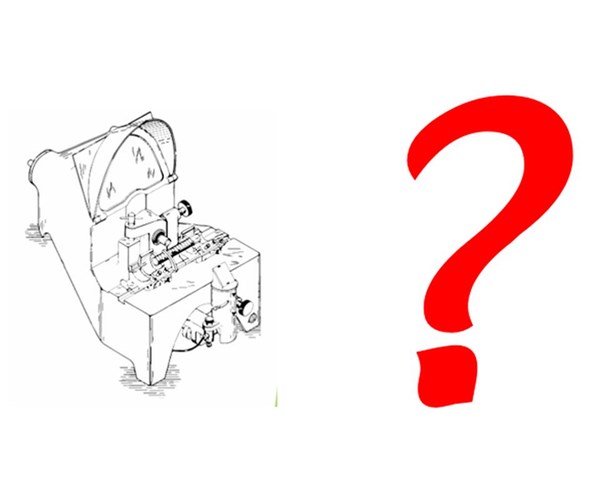Vision System Versus Optical Comparator
Hexagon Manufacturing Intelligence asserts that the choice must consider the need for quantitative data, adequate resolution, environmental influences, traceability and provisions for automation. This article states the case for preferring an advanced vision system.
Share







Making informed decisions about the choice of manufacturing technology requires giving careful consideration to the proponents of various competing alternatives. In this blog post, Hexagon Manufacturing Intelligence makes the case for an "all-in-one" vision system for part measurement versus the traditional optical comparator.
Although this article presents only one side of a many-sided discussion, it raises many of the issues that must be addressed and resolved when judging the relative merits of different approaches to part measurement. These include the need for quantitative data, adequate resolution, environmental influences, traceability and provisions for automation.
Despite the apparent bias against optical comparators, the article's perspective is a useful reference when evaluating other points of view on the most appropriate technology for part measurement.
Related Content
-
Measuring Torque, Thrust Force for Smart Drilling Operations
To monitor drilling operations for smart manufacturing solutions, torque and thrust force can be measured.
-
6 Machine Shop Essentials to Stay Competitive
If you want to streamline production and be competitive in the industry, you will need far more than a standard three-axis CNC mill or two-axis CNC lathe and a few measuring tools.
-
The Link Between CNC Process Control and Powertrain Warranties
Ever since inventing the touch-trigger probe in 1972, Sir David McMurtry and his company Renishaw have been focused on achieving process control over its own manufacturing operations. That journey has had sweeping consequences for manufacturing at large.












